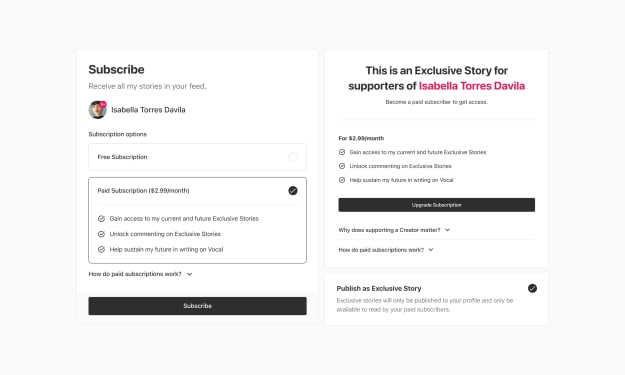HRMS Systems: Revolutionizing Human Resources Management
Enhancing Workforce Management with HRMS Systems

In today's fast-paced business environment, effective Human Resources Management (HRM) is crucial for organizational success. Human Resource Management Systems (HRMS) have emerged as essential tools for streamlining HR operations, enhancing productivity, and fostering employee engagement. This article explores how HRMS systems are revolutionizing HRM, the key benefits they offer, and how businesses can leverage them for optimal performance.
Understanding HRMS Systems
An HRMS system is a comprehensive suite of software applications designed to manage HR functions and processes. It integrates various HR activities, including recruitment, onboarding, payroll, benefits administration, performance management, and compliance. By automating these processes, HRMS systems reduce administrative burdens and allow HR professionals to focus on strategic initiatives.
Key Benefits of HRMS Systems
- Efficiency and Productivity
HRMS systems automate repetitive tasks, reducing the time and effort required for administrative functions. This automation leads to significant time savings, allowing HR teams to focus on more strategic activities that drive business growth.
- Improved Data Management :Centralized data storage and management are key features of HRMS systems. They provide a single source of truth for all HR-related information, ensuring accuracy and consistency. This centralization facilitates easy access to data for decision-making and reporting.
- Enhanced Employee Experience :Employee self-service portals within HRMS systems empower employees to manage their personal information, benefits, and other HR-related tasks independently. This autonomy enhances the employee experience and satisfaction.
- Regulatory Compliance :HRMS systems help organizations stay compliant with labor laws and regulations. They offer features such as automated record-keeping, audit trails, and timely updates on legal changes, reducing the risk of non-compliance.
- Analytics and Reporting :Advanced HRMS systems come with powerful analytics and reporting capabilities. They provide insights into workforce trends, performance metrics, and other critical HR data, enabling informed decision-making and strategic planning.
Implementing an HRMS System
Successful implementation of an HRMS system involves careful planning and execution. Here are key steps to ensure a smooth transition:
- Needs Assessment:Conduct a thorough assessment of your organization's HR needs and identify the specific features and functionalities required in an HRMS system.
- Vendor Selection:Research and compare different HRMS vendors based on factors such as features, scalability, user-friendliness, and customer support. Choose a vendor that aligns with your organizational goals.
- Data Migration :Plan and execute the migration of existing HR data to the new HRMS system. Ensure data accuracy and completeness during the transfer process.
- Training and Support:Provide comprehensive training to HR staff and employees on how to use the new system. Establish a support system to address any issues or questions that arise during and after the implementation.
- Continuous Improvement:Regularly review and update the HRMS system to ensure it meets evolving HR needs and leverages technological advancements.
Case Study: Successful HRMS Implementation
Consider the case of a mid-sized manufacturing company that implemented an HRMS to streamline its HR operations. Prior to the implementation, the company's HR team was bogged down with manual processes, leading to delays and errors in payroll processing and employee record management.
After conducting a needs assessment, the company selected an HRMS vendor that offered robust payroll management, employee self-service portals, and advanced reporting capabilities. The implementation process included thorough data migration, comprehensive training for HR staff and employees, and ongoing support from the vendor.
The results were remarkable. The company experienced a 40% reduction in administrative tasks, freeing up HR staff to focus on strategic initiatives. Employee satisfaction increased due to the ease of accessing and managing their information. The HRMS's analytics provided valuable insights into workforce trends, enabling the company to make informed decisions about hiring and employee development.
Conclusion
HRMS systems are transforming the landscape of Human Resources Management. By automating administrative tasks, improving data management, enhancing the employee experience, ensuring regulatory compliance, and providing valuable insights, HRMS systems enable organizations to optimize their HR functions and achieve better business outcomes. As businesses continue to navigate the complexities of modern HRM, investing in a robust HRMS system is a strategic move that promises long-term benefits.
About the Creator
Sadiq Ali
Dive in my world of storytelling where characters come to life, plots unfold with suspense, and every word paints a vivid picture. Join me on adventures of the mind, exploring realms of imagination and emotion through captivating narrative.






Comments
There are no comments for this story
Be the first to respond and start the conversation.